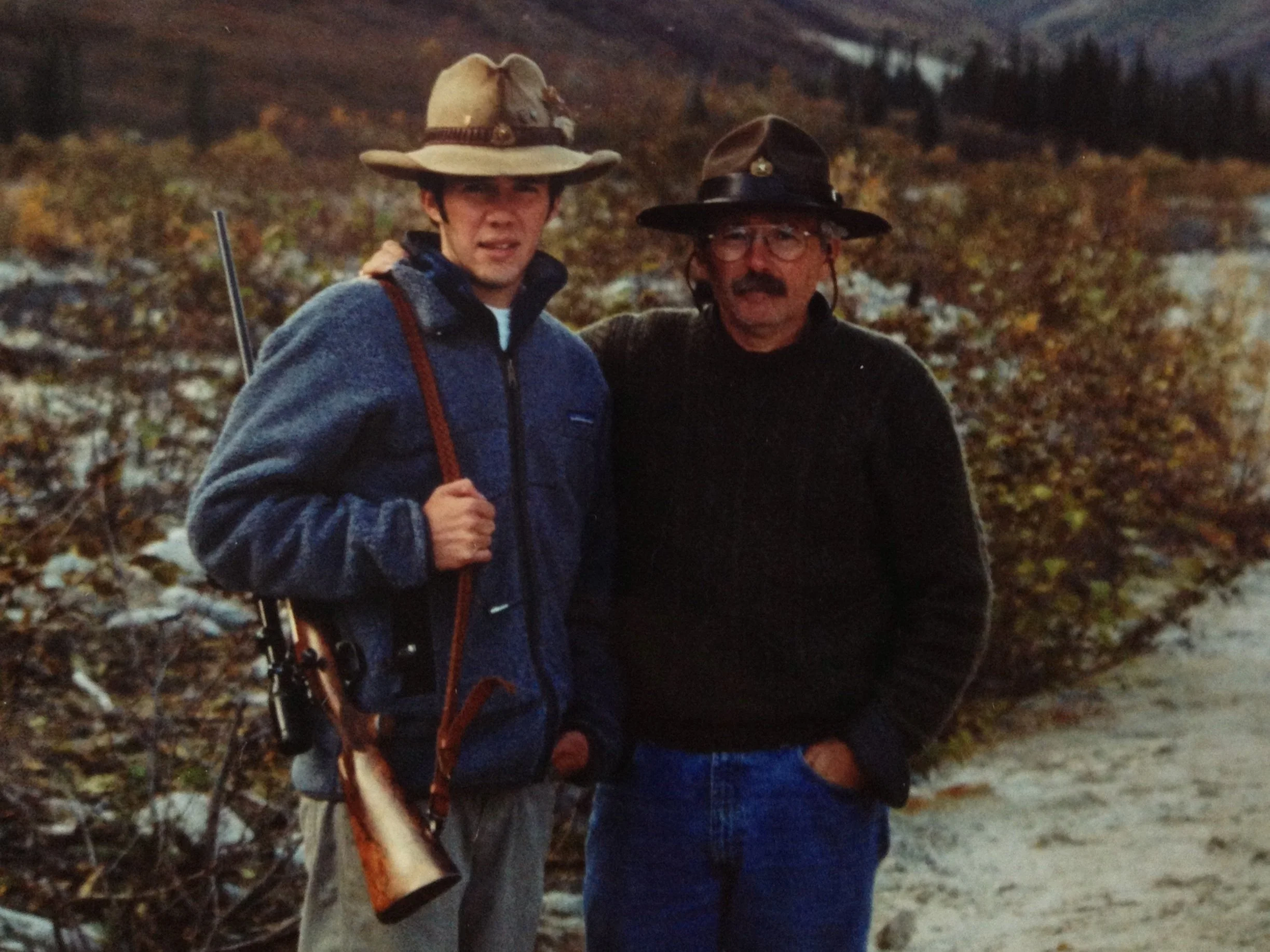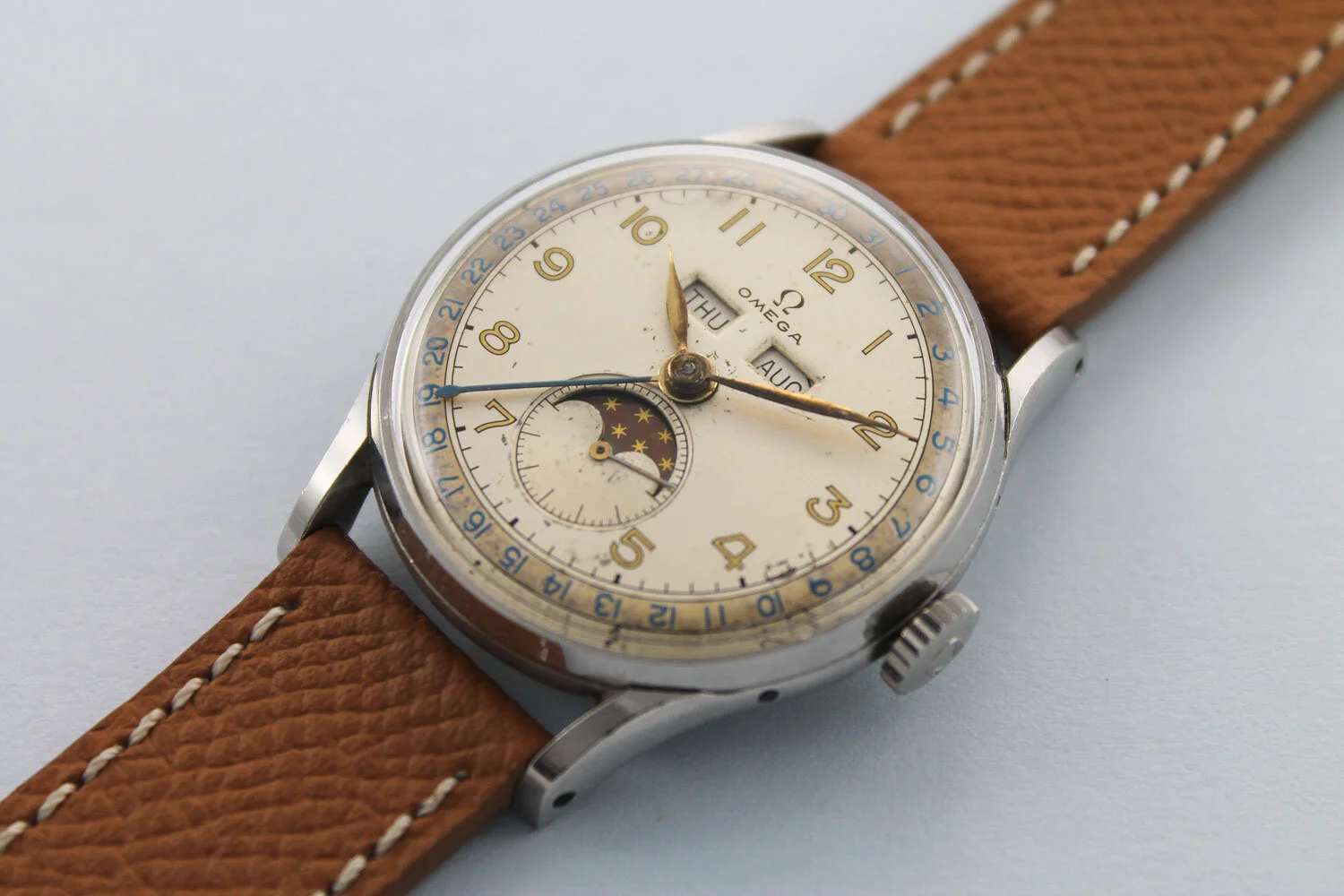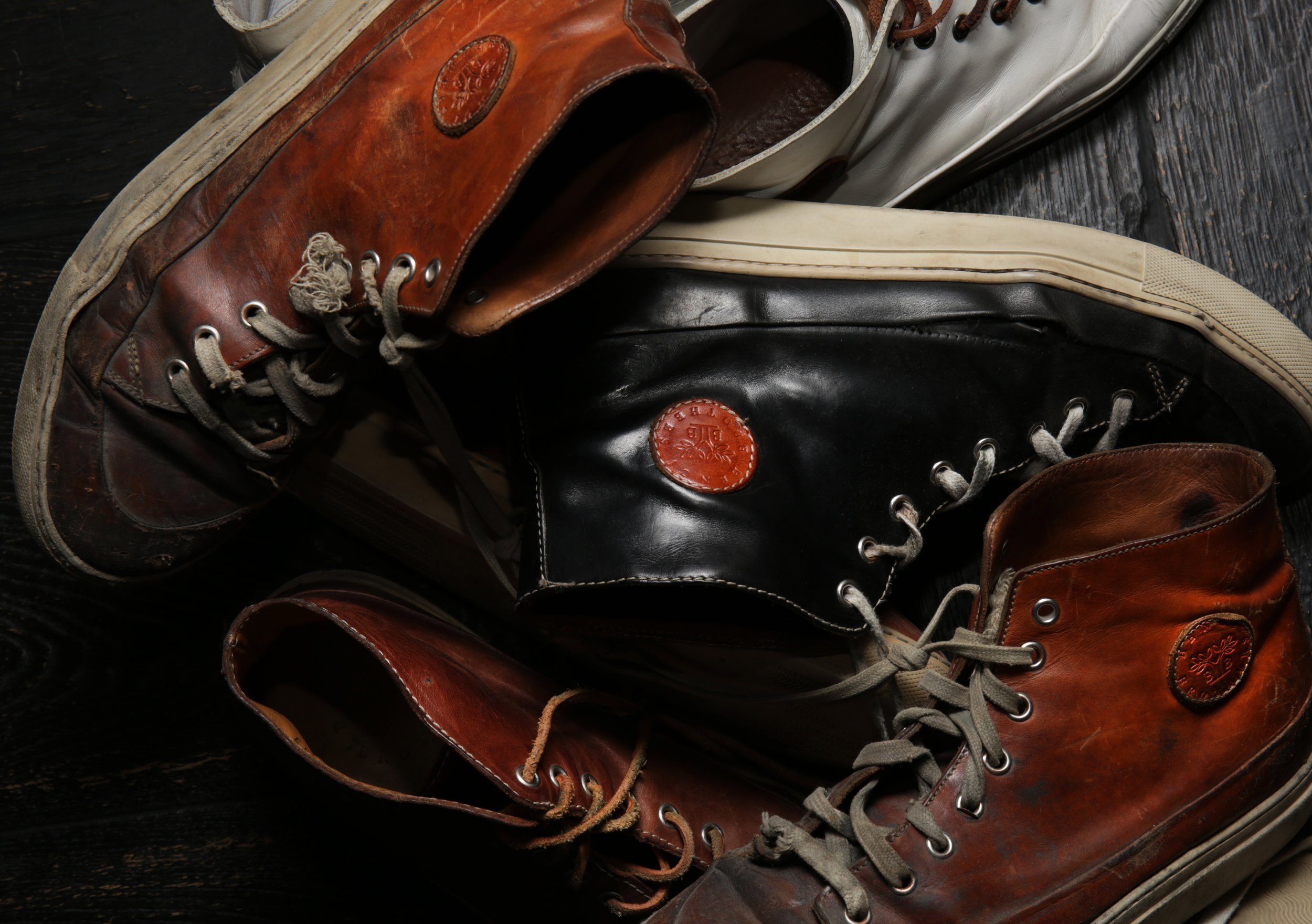The Eichler Ranch-Style House
Photography and Text: Matt Hind
Along with the American economic boom of the post-war period there was an unprecedented growth in the construction of affordable, single unit private homes. Most were unremarkable in design or indeed, aspiration but there were a few developers who wanted to bring some of the sensibilities of those architects of the interwar years like Frank Lloyd Wright and the Bauhaus school to the American public.
Joseph Eichler moved from New York to Los Angeles in the late 1940s. He lived in a Usonian* dwelling designed by Frank Lloyd Wright which is reputed to have been the inspiration for Eichler Homes Inc. founded in 1949 to develop affordable modernist homes for post was American families. Joseph Eichler is now recognised as the only developer in the United States to have produced modernist homes on a commercially large scale.
Eichler employed progressive architects such as Claude Oakland, Raphael Soriano, Austen and Allen, A.Quincy Jones and Frederick Emmons. Championing unorthodox techniques for tract housing Eichler Inc. would go on to Build 11,000 homes, mainly in the Bay area of Northern California. The place featured here is in the town of Orange, thirty miles south of Los Angeles and was designed by Jones and Emmons. It can be found in one of only 5 Eichler developments in Southern California. This type of home, recognised today as part of mid-century modern design, was commonly known as a ranch-style house, although in this case in contemporary style. Joseph Eichler is now recognised as the only developer in the United States to have produced modernist homes on a commercially large scale.
*An abbreviation of United States of North America used before the WWII by Frank Lloyd Wright to denote a simple, affordable and distinctly American style of housing.
Other Eichler Locations
The Highlands, San Mateo, California
Palo Alto, California
Fairhaven, Orange, California
Granada Hills, California
Thousand Oaks, California
Men’s File explores leather as a signifier of subcultural affiliations but also as a functional material that protects and serves the wearer, sometimes for decades. In this feature we present Lewis Leathers, The Real McCoy’s and the London Leather Man in an indulgent retro fantasy.
Riki’s brand is small, exclusive and doesn’t usually reflect what everyone else is doing. This genuine independence is apparent in everything the stylist wears and does.
This is the world of Fabian Jedlitschka and Pike Brothers. A realm in which post- war Americana and militaria are transposed, as they had been 75 years before, onto the picturesque German landscape and into the psyche of the nation’s fashionable youth.
There are certain street stylists, within the realm of male style, who ply their art on the same pavements on which George Brummel once trod. They are few, but their impact on the early moods that permeate menswear is immense.
Aboard this 1920s polished aluminium road rocket is Mr Derek Lee, a student of architecture and a young man of refined tastes. His suits are personally tailored in Hong Kong and his ability in finding original pre and directly post-war clothing is not in doubt.
Many years ago (Gary never says exactly when) Mr Eastman dismantled an ancient A2 flying jacket with the intention of finding out how it was made, with the idea of making a copy for himself. A few decades later and Eastman Leather Clothing is one of a select few of go-to brands for the serious connoisseur of replica militaria.
Painter, motorcyclist and collector of objects from the Old West, Nicholas Coleman lives on the edge of the old frontier town, although now very civilised, Provo, Utah.
A dedicated part-time Tiki-ist, hot-rodder and stalwart of the VHRA organisation, Jacqueline Davis is in fact a full-time professional graphic artist.
The innocence and elegance of pre-war Italy is encapsulated in this series of attractive vignettes featuring Alex Hills, Lucy Manley and an untouched 1935 Fiat 1500.
Just 5 years separate the four watches discussed on these pages, and each has their own unique personality and story to tell.
When Pomona resident Tim Scott told us ‘I wasn’t born into the hot-rodding world’ we imagined a newcomer who had recently stumbled on the scene and cynically recognised its visual potential.
Allow us to introduce you to a line of supercars (the 911 Targa to be precise), that started in 1967 and a far more contemporary ‘super-woman’, both with impeccable credentials.
Named after a province in the south east of Norway, Telemarking is a form of skiing that owes more to practicality than to sport.
The Talented and ultra-stylish New York artist (more recently of Stockbridge, Mass.) gives a masterclass in sketching in charcoal from his studio on the Lower Eastside.
The Corvair was packed with innovations, but nevertheless controversial.
Flaviano Bencivenga is a gentleman of taste and action. A dedicated motorcycle collector and rider the Zurich-based shoe designer spends much time developing both new styles.
Pierre Girard (pictured) is a classic example of a one-man subculture. He creates clothing that he would like to wear and use on his extensive collection of motorcycles...
Northern Soul is a dance and music based subculture that flourished in the northwest of England at the end of the 1960s and into the 1970s.
Somewhere in East London, lost among the crowded grid of Victorian terraced housing and forgotten warehouses, an earnest craftsman hunches over his workbench.

























